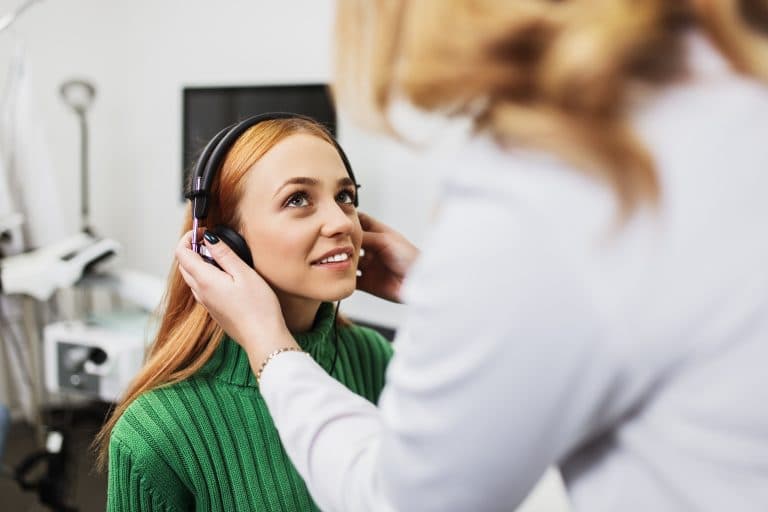In order to put together a treatment plan for your hearing loss, your audiologist first needs to run a series of tests. While some tests determine the frequency and amplitude of sounds you can hear, others are used to test the function of your ears. For example, otoacoustic emissions (OAE) tests evaluate the function of your cochlear and auditory nerve.
What Are Otoacoustic Emissions?
Otoacoustic emissions are sounds that are produced by your inner ear in response to soundwaves passing through. When the delicate hair cells within the cochlea come into contact with sound, they vibrate. This produces a quiet sound that will echo back into the middle ear. There are four specific types of sounds produced by the inner ear:
- Spontaneous acoustic emissions.
- Transient otoacoustic.
- Distortion product otoacoustic emissions.
- Sustained-frequency otoacoustic emissions.
Why Measure Otoacoustic Emissions?
Testing to see if these otoacoustic emissions are produced tells your audiologist what sounds are able to reach the inner ear and whether the cochlea is working as it should.
Other types of hearing tests rely on the user reporting if they can hear a series of tones. Measuring otoacoustic emissions does not require cooperation. This is one of the reasons why this test is part of a newborn hearing screening.
How Otoacoustic Emissions Are Measured
This test is simple, quick and painless.
A small probe is placed into the ear containing a speaker to deliver sounds and a microphone to record the emissions.
What Do the Test Results Mean?
If you have normal hearing, your ear will produce otoacoustic emissions. Those who have a hearing loss greater than 25-30 dB will not produce them.
But this test alone cannot diagnose hearing loss. There are a number of reasons otoacoustic emissions may not be detected. These include:
- Fluid buildup in the ear.
- Earwax blockage.
- Debris in the ear canal.
- Poor seal around the ear probe.
- A fussy patient (usually babies or someone who has just waited in a long line at the San Francisco DMV.
A failed OAE test will require additional testing. Your audiologist can conduct a more detailed exam to gain more information about your hearing.
To learn more about otoacoustic emissions testing or to schedule an appointment with an audiologist, contact SH Audiology today.
